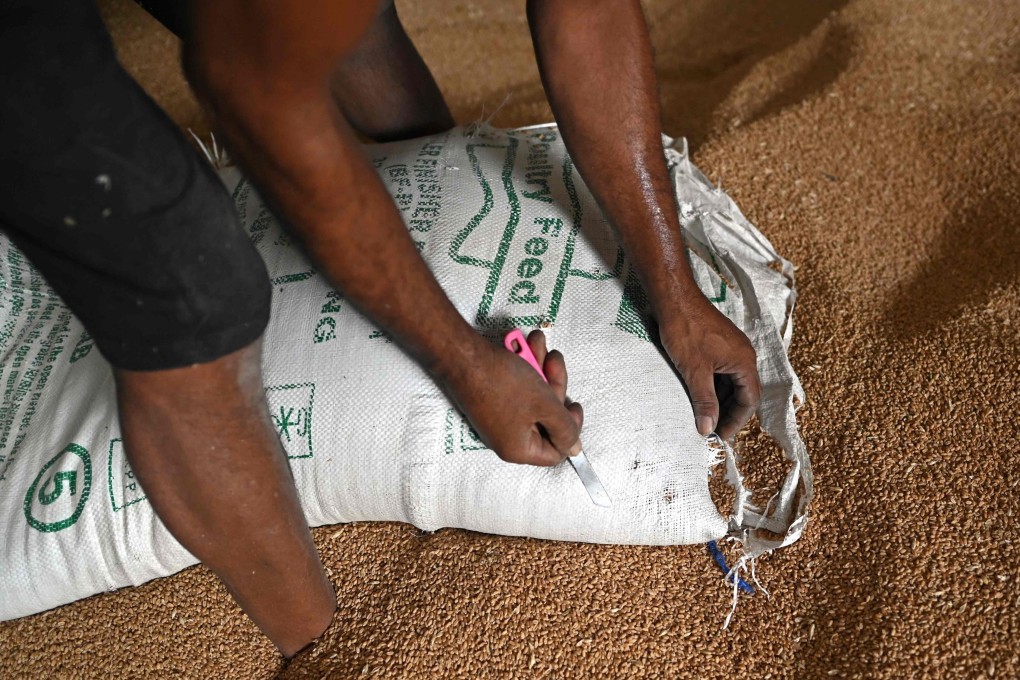Advertisement
Home wheat home: how heatwaves, inflation and an export ban doomed India’s plan to ‘feed the world’
- High inflation, and record setting heatwaves in India forced Prime Minister Narendra Modi’s government to halt wheat exports to prioritise domestic consumption
- Beijing defended New Delhi’s ban, saying it is not India’s job to feed the world, and China instead urged G7 nations to hike their exports to stabilise supplies
Reading Time:4 minutes
Why you can trust SCMP
5

India is coming under strong pressure from Group of Seven nations to reverse its surprise ban on wheat exports, but a change of heart looks unlikely as global food inflation is surging and a relentless heatwave is scorching crops.
It was only three weeks ago that Prime Minister Narendra Modi told members of the Indian diaspora in Germany that India stood ready to help plug the wheat supply void created by the Russia-Ukraine war and “feed the world.”
Some agriculture analysts said at the time Modi’s offer might be too generous given India’s 1.4-billion population and crops that were shrivelling due to the premature arrival of summer. But the government ploughed ahead, announcing wheat-selling trade missions to nine countries last week.

A day later, though, in a sudden U-turn, it prohibited wheat exports to protect “food security” which it said was at risk due to soaring global food prices. It wasn’t a total ban as the agriculture ministry pledged to honour existing contracts and allow government-to-government sales to “friendly” countries to “meet their food security needs.”
Advertisement
Why did India, the world’s second-largest wheat producer after China, suddenly leave the world in the lurch and prioritise domestic consumption over exports?
First, the widely tracked consumer price index published in those intervening 24 hours showed April inflation at an eight-year peak of 7.79 per cent with food prices up a worrying 8.3 per cent – affecting India’s hundreds of millions of poor.
Wheat inflation was nearly 10 per cent. April wholesale price inflation, released this week, hit a record 15.1 per cent with wheat again a key driver.
Advertisement
Select Voice
Choose your listening speed
Get through articles 2x faster
1.25x
250 WPM
Slow
Average
Fast
1.25x